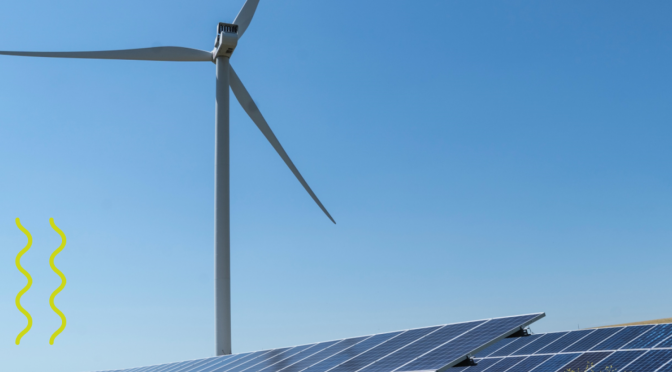Guinea, a West African nation endowed with abundant natural resources, is increasingly attracting attention from global investors, particularly in the energy sector. The country’s untapped hydroelectric, solar, and wind power potential presents a unique opportunity for both domestic and international players to capitalize on this emerging market. However, the development of Guinea’s energy market is not without its challenges, including inadequate infrastructure, political instability, and regulatory hurdles. This article aims to provide an overview of the opportunities and challenges in Guinea’s energy market, with a focus on renewable energy sources.
One of the key drivers of Guinea’s energy market is the growing demand for electricity, driven by rapid urbanization and industrialization. The country’s population is expected to double by 2040, with the majority of this growth occurring in urban areas. This demographic shift will place significant pressure on Guinea’s existing energy infrastructure, which is already struggling to meet current demand. In response, the government has set ambitious targets to increase electricity generation capacity and expand access to electricity to 60% of the population by 2020 and 100% by 2030.
To achieve these goals, Guinea is looking to diversify its energy mix by tapping into its vast renewable energy resources. The country has an estimated hydroelectric potential of 6,000 megawatts (MW), which represents approximately 25% of West Africa’s total hydroelectric potential. Currently, only a small fraction of this potential has been harnessed, with the 240 MW Kaleta Dam being the largest operational hydroelectric facility in the country. Several other hydroelectric projects are in various stages of development, including the flagship 450 MW Souapiti Dam, which is expected to be completed by 2021.
In addition to hydroelectric power, Guinea has significant solar and wind energy potential. The country receives an average of 5.5 hours of sunlight per day, which translates to a solar energy potential of approximately 1,800 kilowatt-hours per square meter per year. Similarly, Guinea’s coastal regions have average wind speeds of 4 to 6 meters per second, which is suitable for wind power generation. These renewable energy sources could help Guinea meet its growing electricity demand while reducing its reliance on fossil fuels and lowering greenhouse gas emissions.
Despite the vast potential of Guinea’s energy market, there are several challenges that must be addressed to unlock its full potential. One of the primary obstacles is the lack of adequate infrastructure, including transmission and distribution networks, which limits the ability to deliver electricity to consumers. Additionally, the country’s energy sector is plagued by inefficiencies and high levels of technical and commercial losses, which further exacerbate the energy deficit.
Political instability and regulatory hurdles also pose significant challenges to the development of Guinea’s energy market. The country has experienced multiple coups and periods of political unrest since gaining independence in 1958, which has hindered long-term planning and investment in the energy sector. Furthermore, the lack of a clear and stable regulatory framework has deterred private sector investment and hindered the development of public-private partnerships.
In conclusion, Guinea’s energy market presents a unique opportunity for investors and developers to capitalize on the country’s vast renewable energy potential. However, addressing the challenges of inadequate infrastructure, political instability, and regulatory hurdles will be critical to unlocking this potential and ensuring the sustainable development of Guinea’s energy sector. As the country continues to urbanize and industrialize, the need for reliable and sustainable energy sources will only become more pressing, making it essential for stakeholders to work together to overcome these challenges and transform Guinea’s energy market.


